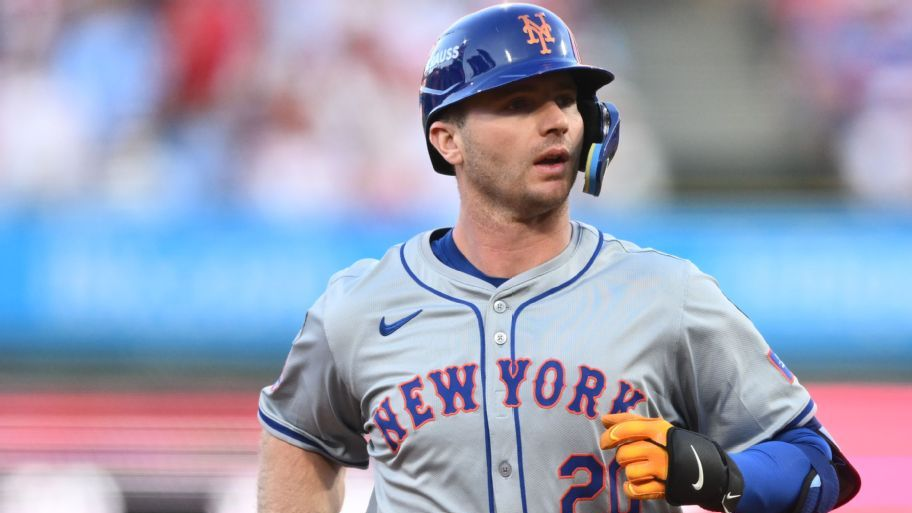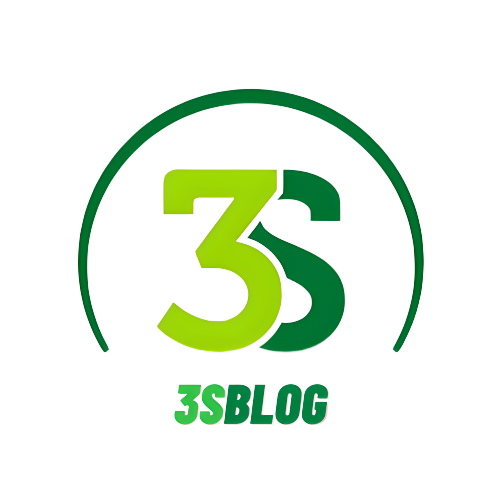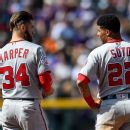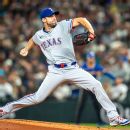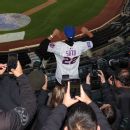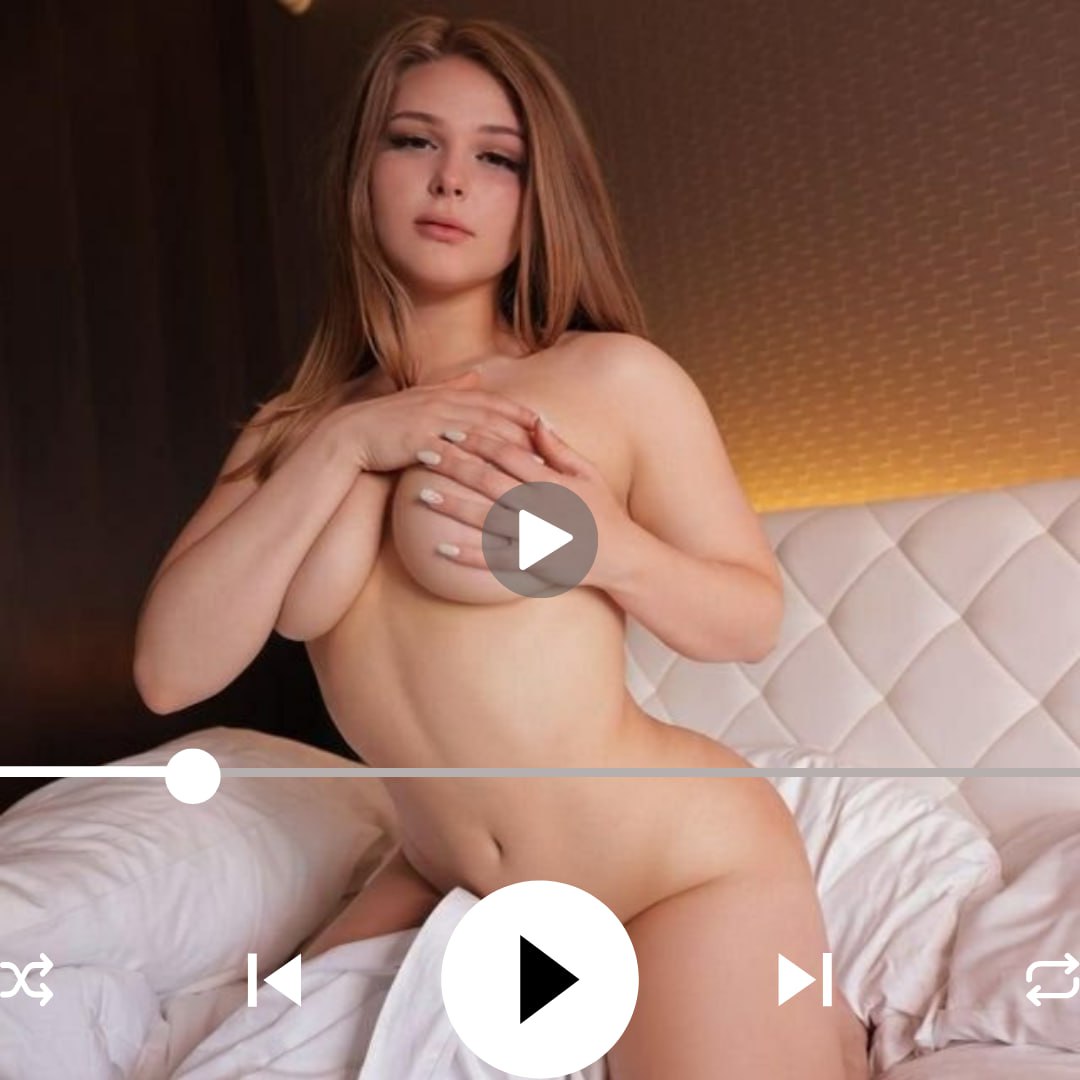Pete Alonso is an old-school kind of star: a big name with big power who has played in a big market. Since his rookie season in the majors in 2019, only Aaron Judge has hit more home runs — and nobody has driven in more runs. He has been selected to four All-Star teams, won two Home Run Derby titles, played with great enthusiasm and energy and has rarely sat out a game.
But it’s a new-school world and Alonso’s free agency has been a slow grind as front offices focus on his age (he’s entering his age-30 season), his relatively mediocre on-base percentages the past two seasons (.318 and .329), his career-low slugging percentage in 2024 (.459) and his lack of defensive and baserunning value.
It all has made Alonso the most fascinating free agent of this offseason. Do his consistent power numbers make him worth a nine-figure contract? Is he overrated? Has agent Scott Boras once again miscalculated the demand for one of his clients? Maybe a return to the New York Mets is inevitable, especially since the Alonso camp has proposed a three-year deal with opt-outs to the Mets — a big difference from the seven-year, $158 million contract offer that Alonso reportedly turned down in 2023. (Though, just because Alonso might be willing to sign a shorter-term contract doesn’t necessarily mean the AAV will also go down.)
Let’s dig into Alonso’s situation and see — even with his eye-popping home run and RBI totals — whether he’s worth a huge deal and which teams might still be a potential fit.
The other nine-figure first basemen
It’s clear Boras initially viewed his client as a nine-figure player — you don’t turn down $158 million without the firm belief that there’s a huge payday in store — so let’s compare Alonso to other first basemen who have signed $100 million deals.
Leaving aside extensions that Albert Pujols and Freddie Freeman signed early in their careers that aren’t necessarily comparable since they were much younger, we get a list of 14 players, including contracts Pujols and Freeman signed later on as free agents. The list starts with Jason Giambi in 2002 and goes through Freeman and Matt Olson in 2022. Some details for those 14:
- Average WAR previous two seasons before contract: 5.1
- Average age in first year of new contract: 30.3
Now look at Alonso:
- Average WAR, 2023-24: 2.9
- Age in first season: 30
You can see the immediate issue: Alonso is the same age but hasn’t been as good as this group collectively was. The only player with a lower average WAR than Alonso before his new contract was Ryan Howard. (That was a strange deal. Howard signed it in April 2010, but the five-year, $125 million extension didn’t kick in until 2012. In 2008 and ’09, Howard averaged 2.8 WAR; in 2010 and ’11, he averaged 1.2 WAR. Either way, he had a lower WAR than Alonso.)
OK, defense and baserunning are dragging Alonso’s WAR down quite a bit — as was the case for Howard. Alonso is getting paid for his bat. How does he compare only as a hitter?
- Group average OPS+ in two seasons before contract: 148
- Alonso’s OPS+ the past two seasons: 123
Once again, Alonso is significantly lower. The only player on the list with a lower OPS+ was Eric Hosmer — and his eight-year, $144 million contract with the San Diego Padres was, of course, a disaster, resulting in just 3.6 WAR with San Diego. In fact, that deal still has one season left and Hosmer last played in the majors briefly in 2023. Hosmer’s two-season WAR average was 3.0 — basically the same as Alonso’s — but that hardly makes his contract a fit. If anything, it’s a warning about what can go wrong in overpaying a good-not-great player.
How first basemen age
All this doesn’t even factor in that first basemen often possess “old player’s skills” — power and plate discipline but lacking in speed, arm or other unexploited athletic ability. That certainly describes Alonso. These types of players, as a general rule, don’t age well.
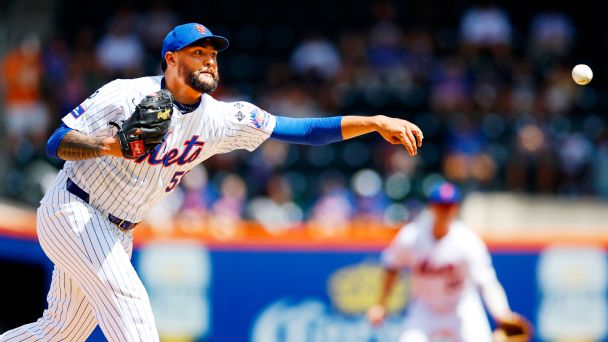 We’ve got you covered on all the major signings and trades of the hot stove season.
We’ve got you covered on all the major signings and trades of the hot stove season.
Look at how the group of high-priced first basemen aged. Remember, in the two seasons before their new contracts, they averaged 5.1 WAR. In the initial three seasons after the new deals, they averaged 3.3 WAR. In the first five years, it drops to an average of 2.4 WAR.
Pujols and Miguel Cabrera are two of the more famous bad contracts of all time — although Pujols was at least playable his first five seasons with the Angels, averaging 3.0 WAR; that was just a huge drop from his days with the St. Louis Cardinals. Cabrera’s extension kicked in when he was 33 and that 2016 season would be his last good year. Chris Davis produced negative WAR after re-signing with the Baltimore Orioles.
The good news is that a few of the players did manage to maintain their production, including three this decade: Freeman, Olson and Paul Goldschmidt. Freeman, even though his deal with the Dodgers started with his age-32 season, has a 155 OPS+ through his first three seasons in L.A., a slight improvement over his final few seasons with the Atlanta Braves. Olson’s three-year numbers have been propped up by his monster 2023 season (7.4 WAR), but he has been more or less the same player (although he was 28 for the first year of his contract). And though Goldschmidt fell off in 2024, the final year of his five-year deal, that stretch included an MVP Award in 2022 at age 34.
Indeed, there are some things to like about Alonso that suggest he might be able to maintain this level of offensive production. His bat speed remains elite, ranking in the 93rd percentile. He obviously hits the ball hard (80th percentile in hard-hit rate) and has above-average plate discipline (75th percentile in walk rate and 67th in chase rate). But his strikeout rate has climbed over the past two seasons from 18.7% in 2022 to 24.7% in 2024, so that’s a concern. Still, the bat speed and power are his big pluses, and given that he has played at Citi Field — a tough home run park — his power should translate to most stadiums.
There’s also the predictability of Alonso’s power. He’s one of only three players with at least 30 home runs each of the past three seasons — and he has averaged 40. The other five: Judge, Shohei Ohtani, Kyle Schwarber, Yordan Alvarez and Corey Seager. Schwarber is the most similar to Alonso in terms of style and ability (more walks and strikeouts but also limited defensively). In his age-30 season in 2023, Schwarber mashed 47 home runs; in 2024, he hit 38.
A simple way to look at this: How many of those 14 contracts would those teams sign again? Of the 14, six are a definite “no.” Giambi and Mark Teixeira are a “probably,” although neither player was as good after their new deals. Same with Adrian Gonzalez. The aforementioned three this decade, plus Joey Votto and Todd Helton, would be a “yes.” That makes it feel as if any Alonso contract has a 50/50 chance of working out.
And again — most of these guys were better all-around players than Alonso. Even if he maintains his current level, you’re not getting the upside of a Freeman or Goldschmidt. You can see why a long-term deal for Alonso feels extremely risky and why that six- or seven-deal is unlikely to happen now. A three-year deal feels much more palatable at this point — and it could come in under $100 million, perhaps with opt-outs like Cody Bellinger‘s deal last offseason with the Chicago Cubs.
Which teams might still be a fit?
A better question might be: Who are the Mets even bidding against? Consider the teams who entered the offseason in most need of a first baseman and could conceivably afford the $100 million-plus payout Alonso was expecting in free agency (thought might not be now):
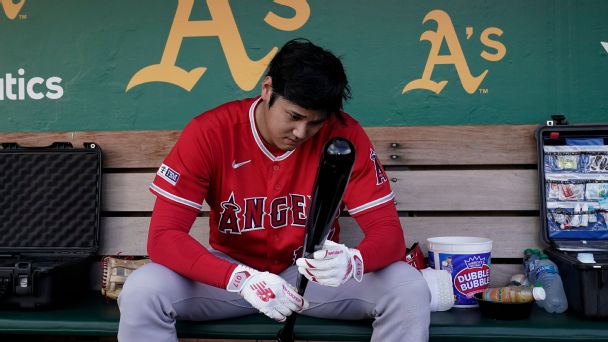
The Arizona Diamondbacks then acquired Josh Naylor to replace Walker and the Texas Rangers acquired Jake Burger to replace Lowe (and signed Joc Pederson as a DH). The Seattle Mariners have the need but not the willingness to spend the money. The Los Angeles Angels needed a DH but traded for Jorge Soler. It probably doesn’t help that with Vladimir Guerrero Jr. and the Toronto Blue Jays unable to, so far, reach an extension, Guerrero’s free agency looms next offseason.
So, who does that leave? Here are the teams with the biggest need at first base, starting with the obvious favorite.

 Angels: They’ve been rumored as a possibility, but that could just be Boras trying to drum up interest. They have Nolan Schanuel at first and Soler at DH. They might not be quite ready to give up on Schanuel after only one full season in the majors (1.3 WAR), but it’s pretty clear he lacks the power you want at first (13 home runs in 2024). It’s also hard to imagine they would play Soler in the outfield on a regular basis, but this is a desperate franchise and the Angels have made splashy free-agent signings in the past.
Angels: They’ve been rumored as a possibility, but that could just be Boras trying to drum up interest. They have Nolan Schanuel at first and Soler at DH. They might not be quite ready to give up on Schanuel after only one full season in the majors (1.3 WAR), but it’s pretty clear he lacks the power you want at first (13 home runs in 2024). It’s also hard to imagine they would play Soler in the outfield on a regular basis, but this is a desperate franchise and the Angels have made splashy free-agent signings in the past.

 Tigers: They seem interested in Bregman, but in theory, they could move Keith to third base and play Alonso at first. Or use him at DH, if they’re willing to deploy Kerry Carpenter in the outfield.
Tigers: They seem interested in Bregman, but in theory, they could move Keith to third base and play Alonso at first. Or use him at DH, if they’re willing to deploy Kerry Carpenter in the outfield.

 Cincinnati Reds: As far as need, the Reds might rank first. Their DHs hit .206 with a .599 OPS (only the Texas Rangers were worse). Their first basemen also ranked 29th in OPS. Alonso could hit 50 home runs in that park, but it’s difficult to imagine the Reds spending the money, even on a short-term deal.
Cincinnati Reds: As far as need, the Reds might rank first. Their DHs hit .206 with a .599 OPS (only the Texas Rangers were worse). Their first basemen also ranked 29th in OPS. Alonso could hit 50 home runs in that park, but it’s difficult to imagine the Reds spending the money, even on a short-term deal.

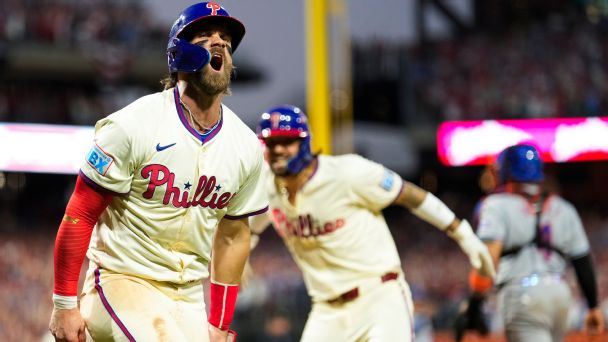 While there are still free agents to be signed, let’s reassess the standings now that we’re in the middle of the offseason.
While there are still free agents to be signed, let’s reassess the standings now that we’re in the middle of the offseason.

You can see the problem: There just aren’t many fits here at a high price point, even at that three-year, $90 million to $100 million level. Maybe a surprise team jumps in on a short-term deal with an opt-out, but in the end, it still feels like the Mets. A $100 million-plus deal seems doubtful, but New York is where Alonso belongs, where the fans love him — and he’ll certainly have fun hitting behind Juan Soto.
